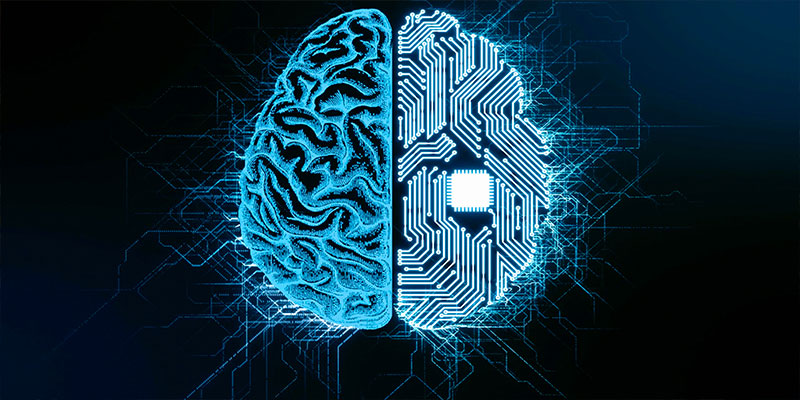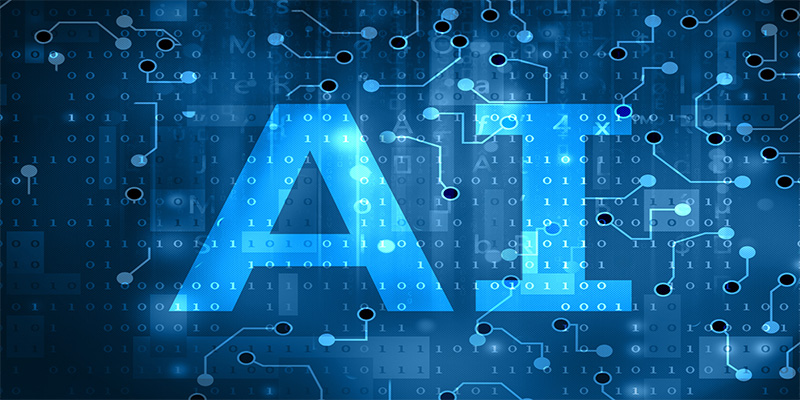Artificial Intelligence (AI) has become an integral part of our modern world, revolutionizing industries and reshaping the way we interact with technology. In this article, we’ll delve into the depths of AI, exploring its concepts, applications, and significance in our lives. Additionally, we’ll touch upon the fascinating realm of Process Mining and its connection to AI.
Introduction to Artificial Intelligence
Artificial Intelligence refers to the simulation of human intelligence in machines, enabling them to perform tasks that would typically require human cognition. These tasks encompass a wide range of activities, from problem-solving and decision-making to language understanding and visual perception. AI systems learn from data, improving their performance over time, making them invaluable tools in various industries.
Understanding AI: From Narrow to General Intelligence
AI comes in various forms, with different levels of complexity. Narrow or Weak AI is designed to handle specific tasks with remarkable precision, like virtual assistants or recommendation systems. On the other hand, General AI, often referred to as Strong AI, aims to replicate human-like intelligence, possessing the ability to understand, learn, and apply knowledge across diverse tasks.
The Foundations of AI: Machine Learning
At the heart of AI lies Machine Learning (ML), a subset of AI that focuses on creating algorithms that can learn from data. These algorithms enable computers to identify patterns, make predictions, and improve their performance without being explicitly programmed. Supervised learning, unsupervised learning, and reinforcement learning are common paradigms within ML.
Deep Learning: Unveiling Neural Networks
Deep Learning is a subset of Machine Learning that utilizes artificial neural networks to model and solve complex problems. Inspired by the human brain’s structure, these networks consist of layers of interconnected nodes that process information hierarchically. Deep Learning has propelled advancements in image and speech recognition, natural language processing, and more.
Natural Language Processing: Enabling Human-Computer Communication
Natural Language Processing (NLP) focuses on enabling computers to understand, interpret, and generate human language. This has led to the development of chatbots, language translation tools, and sentiment analysis algorithms. NLP bridges the gap between human communication and AI, making interactions more intuitive.
Computer Vision: AI’s Visual Perception
Computer Vision empowers machines with the ability to interpret and understand the visual world. Through image and video analysis, AI systems can identify objects, detect anomalies, and even perceive emotions. This technology finds applications in autonomous vehicles, healthcare diagnostics, and security systems.
AI in Action: Real-World Applications

AI’s impact reverberates across various sectors. In healthcare, AI aids in diagnosing diseases and personalizing treatment plans. Financial institutions employ AI for fraud detection and algorithmic trading. Transportation benefits from AI-driven route optimization and self-driving vehicles, while entertainment uses AI for content recommendation.
AI in Healthcare: Transforming the Medical Landscape
The healthcare industry embraces AI to enhance patient care and diagnostics. AI-driven image analysis improves medical imaging interpretation, while predictive analytics helps identify potential health risks. Additionally, AI-assisted robotic surgeries are becoming more precise, reducing the margin of error.
AI in Finance: Enhancing Analytical Capabilities
Finance relies on AI-powered algorithms to analyze vast amounts of data and predict market trends. High-frequency trading algorithms make split-second decisions, and robo-advisors provide tailored investment strategies. AI streamlines risk assessment, fraud detection, and customer service in the financial sector.
AI in Transportation: Shaping the Future of Mobility
Transportation is undergoing a revolution with AI-driven advancements. Self-driving cars promise safer roads and reduced congestion. AI-powered logistics optimize supply chain management, predicting demand and improving delivery efficiency. Additionally, AI-driven traffic management systems enhance urban mobility.
Ethical Considerations in AI: Navigating Challenges
The rise of AI brings ethical dilemmas that need careful consideration. Issues like bias in algorithms, job displacement due to automation, and data privacy concerns must be addressed. Developing responsible AI systems and establishing regulations are crucial steps in harnessing AI’s benefits while mitigating risks.
The Future of AI: Trends and Possibilities
The AI journey is an ongoing evolution with exciting trends on the horizon. Federated Learning, which trains models across decentralized devices, aims to preserve data privacy. AI-generated content and creative works challenge conventional notions of authorship. As AI continues to evolve, its impact on society and the economy will undoubtedly deepen.
Introduction to Process Mining

Process Mining is a data-driven methodology that offers insights into business processes. It involves extracting knowledge from event logs to visualize and analyze workflows. By identifying inefficiencies and bottlenecks, organizations can optimize processes for better performance.
The Process Mining Process: Uncovering Insights
Process Mining involves several key steps. Data collection captures event logs from various systems, representing the sequence of actions taken in a process. Process discovery creates a visual representation of the process flow, highlighting variations and deviations. Process conformance analysis compares the actual process with the intended process, identifying discrepancies. Lastly, process enhancement suggests improvements based on the analysis, leading to more efficient operations.
AI and Process Mining: A Symbiotic Relationship
AI and Process Mining tool share a symbiotic relationship. AI techniques enhance Process Mining by enabling more accurate predictions and recommendations for process improvements. Conversely, Process Mining provides data and insights that fuel AI algorithms, enhancing their performance and adaptability.
Read more about the Future of Process Mining!
Conclusion
Artificial Intelligence stands as a testament to human innovation, transforming industries and enriching lives. From healthcare to finance and transportation, AI’s impact is undeniable. As AI continues to evolve alongside technologies like Process Mining, we are poised to unlock even more intricate insights into our world. Embracing the potential of AI while addressing its ethical and societal challenges will shape the trajectory of our technological future.
If you have any questions about Process Mining, you can book a tour with us right now.



